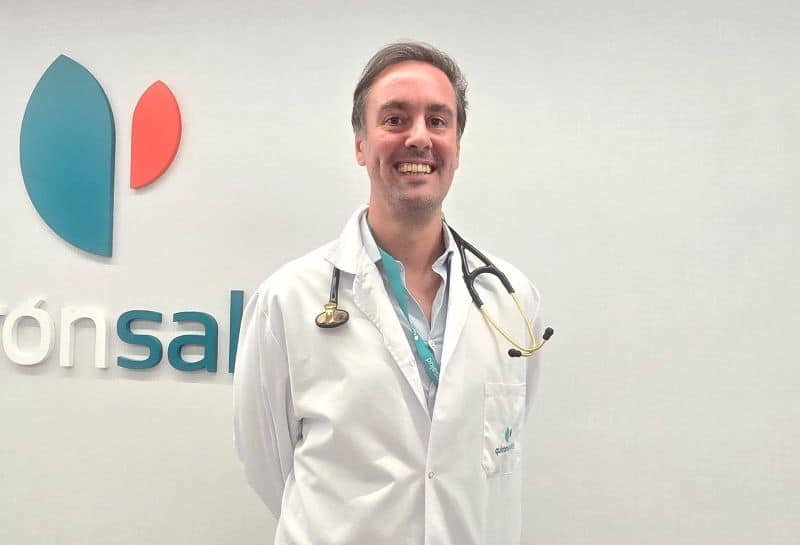The past 15 September was commemorated on World Lymphoma DayThe aim of the event is to raise public awareness of this haematological cancer, encourage early detection and highlight the importance of research into new treatments.

Lymphoma is one of the most frequent blood cancers in adults, with an incidence of approximately 15 new cases per 100,000 inhabitants per year. As the doctor explains Agustín HernándezHead of the Haematology Department of the Hospitals Quirónsalud Marbella and Málagacolloquially known as lymphoma is a heterogeneous group of cancers originating in lymphocytes, key cells of the immune system. Non-Hodgkin's lymphoma is more common than Hodgkin's lymphoma and, contrary to what many people believe, both are malignant and potentially lethal".
One of the main difficulties remains the early detection. In many patients, the disease is diagnosed following the appearance of a persistent swollen lymph node or as an incidental finding on tests for other causes. In more advanced stages, symptoms may include unexplained fever, night sweats, unintentional weight loss, chronic fatigue or generalised itchiness. The specialist insists that, in the event of any of these signs, it is advisable to see a doctor as soon as possible, as early diagnosis can make a difference in the patient's evolution.
The therapeutic approach to lymphoma is undergoing a true revolution. For decades, the chemotherapy was the mainstay of treatment. Today, however, a new era is dawning with more targeted, less toxic options, known as chemo-free treatments. Among the most promising developments are the CAR-T lymphocytesThe patient's own cells modified to attack the tumour. bispecific antibodiesdesigned to target the immune system against cancer cells; and drugs such as the anti-CD30 and the checkpoint inhibitors in Hodgkin's lymphoma, which boost the immune system's ability to recognise and kill tumour cells. "These advances make it possible to control the disease even in patients who previously had very few options, improving both the survival as the quality of life"says Dr. Hernandez.
Another paradigm shift is the personalisation of treatment. The aim is no longer only to attack the tumour, but to adapt the strategy to the biological and molecular characteristics for each patient. This translates into more durable responses, less toxicity and better long-term prospects. In fact, some of these advances are rethinking the need for the use of the bone marrow transplantationThe new targeted therapies could mean that this technique has been essential for years, but could be relegated to the background in the future.
The results speak for themselves: the overall survival of lymphoma patients has doubled in the last 30 years. At advanced Hodgkin's lymphomamore than 80% of patients can be cured with the first line of treatment. In the indolent non-Hodgkin lymphomasAlthough healing is not always possible, it can be achieved by long survivals with good quality of life. And in the most aggressive, chemotherapy-resistant cases, the CAR-T and the bispecific antibodies are changing the prognosis of patients who previously received only palliative care.

Despite progress, there are still major challenges: equitable access to new therapies, the cost of which remains very high; the precise identification of which patients benefit from more intensive treatments and which from more targeted strategies; and the optimisation of resources, combining efficiency and sustainability of the healthcare system. In addition, the specialists insist on the importance of the healthy lifestyles as a therapeutic adjunct. "Adequate physical activity and balanced nutrition are simple and accessible measures that help to prolong and improve patients' lives," stresses the haematologist.
Progress in the treatment of lymphoma is dependent on the clinical research. Trials give patients access to innovative therapies before they are widely approved and help generate knowledge that benefits society as a whole.
Lymphoma remains a health challenge, but current advances mark a turning point: from a cancer with limited options, it has become a disease in which the therapeutic innovation, personalised medicine and patient self-care open up a hopeful horizon.






